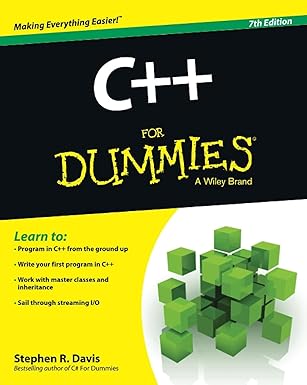Truevision 3D is a game engine that has been a significant player in the world of 3D game development. Known for its versatility and ease of use, Truevision 3D has been utilized by both indie developers and professional studios to create a wide range of games and simulations.
This article aims to provide a comprehensive overview of Truevision 3D, covering its key features, historical background, advantages, use cases, getting started guide, and a list of notable games developed using this engine.
Key Features of Truevision 3D
Truevision 3D boasts a robust set of features that make it a compelling choice for game developers:
- Cross-Platform Support: Truevision 3D supports multiple platforms, including Windows, Linux, and macOS, making it a versatile choice for developers targeting different operating systems.
- Integrated Development Environment (IDE): The engine comes with a user-friendly IDE that simplifies the game development process, offering tools for scene management, scripting, and debugging.
- Advanced Graphics Rendering: Truevision 3D supports advanced graphics features such as shaders, dynamic lighting, and shadow mapping, enabling developers to create visually stunning games.
- Physics Engine: The engine includes a built-in physics engine that supports rigid body dynamics, collision detection, and other physical simulations, enhancing the realism of games.
- Scripting Support: Truevision 3D supports multiple scripting languages, including Lua and Python, allowing developers to write game logic and behaviors with ease.
- Asset Pipeline: The engine provides a streamlined asset pipeline for importing and managing 3D models, textures, and animations, ensuring that developers can focus on creativity rather than technical hurdles.
- Community and Documentation: Truevision 3D has a strong community and extensive documentation, making it easier for new developers to get started and find support when needed.
Brief Historical Details
Truevision 3D was initially developed by a Sylvain Dupont who aimed to create a game engine that was both powerful and accessible. Over the years, it has evolved through various versions, each introducing new features and improvements. The engine gained popularity in the early 2000s, particularly among indie developers, due to its ease of use and robust feature set.

Unlock the world of programming with C++ for Dummies – the perfect beginner’s guide to mastering C++ with ease and confidence!
View on Amazon
Advantages of Using Truevision 3D
- Ease of Use: Truevision 3D is designed to be user-friendly, with an intuitive interface and comprehensive documentation that make it accessible to developers of all skill levels.
- Flexibility: The engine’s support for multiple scripting languages and platforms provides developers with the flexibility to create a wide range of games and applications.
- Cost-Effective: Truevision 3D is available at a relatively low cost compared to other game engines, making it an attractive option for indie developers and small studios.
- Strong Community Support: The engine has a dedicated community of developers who contribute to forums, tutorials, and third-party tools, providing valuable support and resources.
Use Cases
Truevision 3D has been used in a variety of projects, including:
- Indie Games: Many indie developers have chosen Truevision 3D for its ease of use and cost-effectiveness, creating a wide range of 2D and 3D games.
- Educational Tools: The engine has been used to develop educational simulations and interactive learning tools, leveraging its physics and graphics capabilities.
- Prototyping: Truevision 3D is often used for rapid prototyping, allowing developers to quickly test and iterate on game ideas.
- Virtual Reality (VR): With its advanced graphics and physics capabilities, Truevision 3D has been used in VR projects, providing immersive experiences.
References and Further Readings
- Official Truevision 3D Website (archive): http://web.archive.org/web/20210124233248/http://www.truevision3d.com/
- “Game Engine Architecture” by Jason Gregory: A comprehensive book on game engine design, including insights relevant to Truevision 3D.
- “Introduction to Game Development” by Steve Rabin: A useful resource for beginners, covering the basics of game development with various engines, including Truevision 3D.






